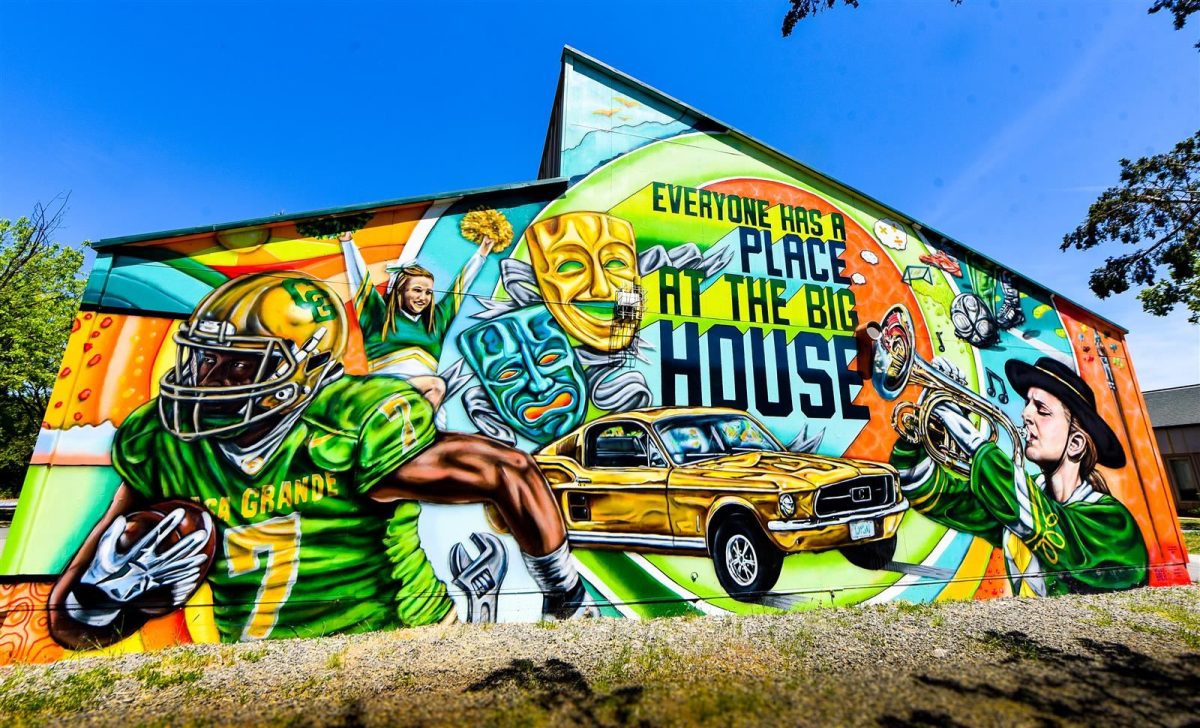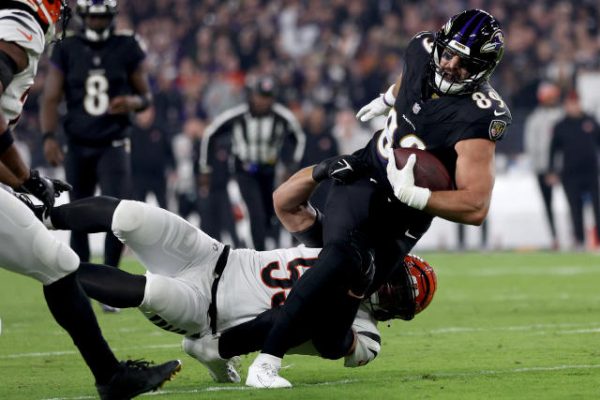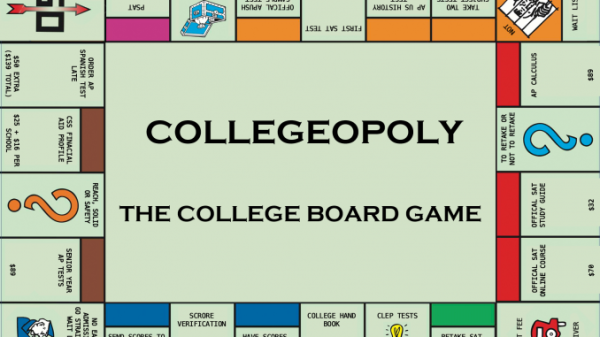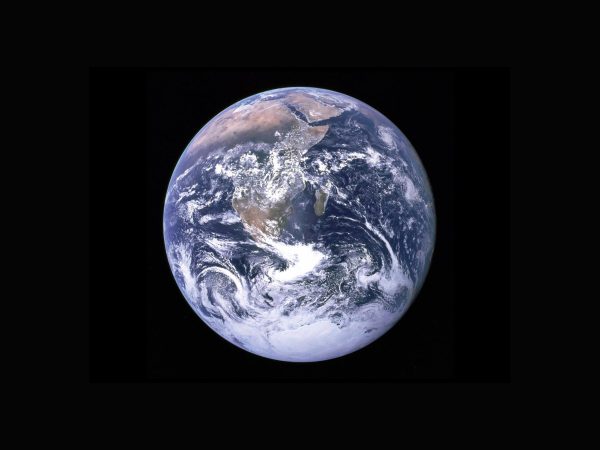Protesting Protocol
Desmond Tutu once said that “If you are neutral in situations of injustice, you have chosen the side of the oppressor.” Donald Trump’s presidency so far has been nothing short of tumultuous and has incited the anger of a large swath of the American public –– anger at the sexism, homophobia, racism and Islamophobia that has been rampant both during and after the election. The next four years will probably be filled with protests against any further Muslim bans, immigration discrimination, and likely the dreaded wall.
With the recent flares of protests across the country, it is important for passionate individuals to learn how to use their voices to make a change; however, protesting is not merely waving a sign and hoping something will happen. The Civil Rights Movement and to a lesser extent Occupy Wall Street and the Black Lives Matter movement show how formidable organized protest can be, but the hundreds of brief, disorderly movements that went unnoticed by most of the world proves that it takes more than passion and anger to be heard.
Being aware of what you legally can and cannot do not only prevents officials from infringing upon your rights, but it also allows you to recognize when you cross that line and partake in prohibited behavior. Additionally, it is wise to always have a backup plan in case of setbacks. For example, during Occupy Wall Street, an app called I’m Getting Arrested was developed that would send texts to family and friends if a user were arrested during a protest. Contingency strategies help to reduce the dangers associated with resistance, but they cannot account for them all, which is why students must be prepared to face police brutality, unpleasant conditions, and extreme stress. Unfortunately, students of color must be doubly aware of this, as they are targeted more often than their white counterparts.
For anyone who is white, keep in mind the privilege you have when protesting over people of color. Recent reports from the ACLU show that police use facial recognition technology to target activists of color, and they use apps such as Geofeedia to monitor social media and identify users who use hashtags like #BlackLivesMatter and #DontShoot. Not to mention that while Black Lives Matter protests were characterized by the media as “riots,” the Women’s March –– composed of many more white people than protests in Ferguson, for example –– was portrayed in a much more positive light. Anyone can and should protest if they want to, but white activists must remember the dangers their counterparts face –– and do their best to protect them from unfair treatment.
Historically, protests have granted the voiceless a platform to express their grievances, and it is clear that their impact is no less important today as it was 50 or 100 years ago. The world we are inheriting from the older generations is not what many of us want, but that’s why it’s up to the younger generations to make their voices heard. Protesting is an American tradition that everyone should be familiar with, and since I have a feeling we are going to be seeing a lot more protests in the coming years, we should all be prepared to use our voices.







